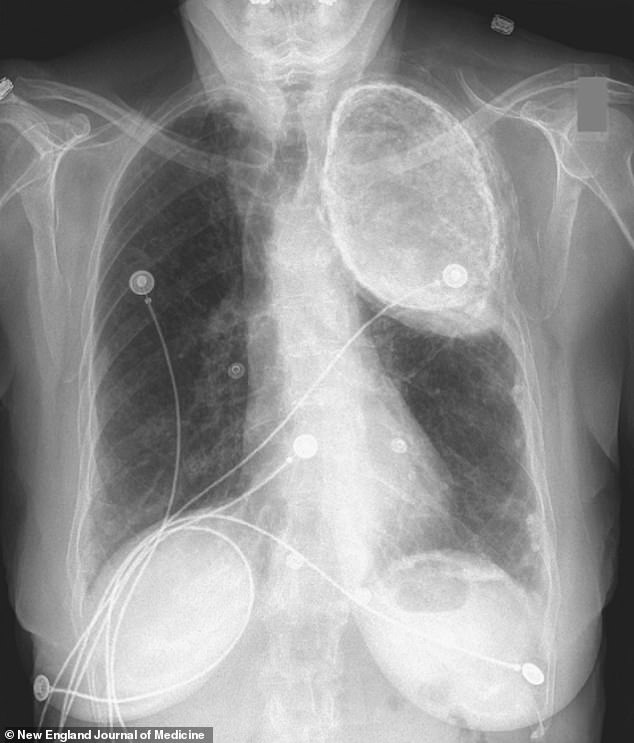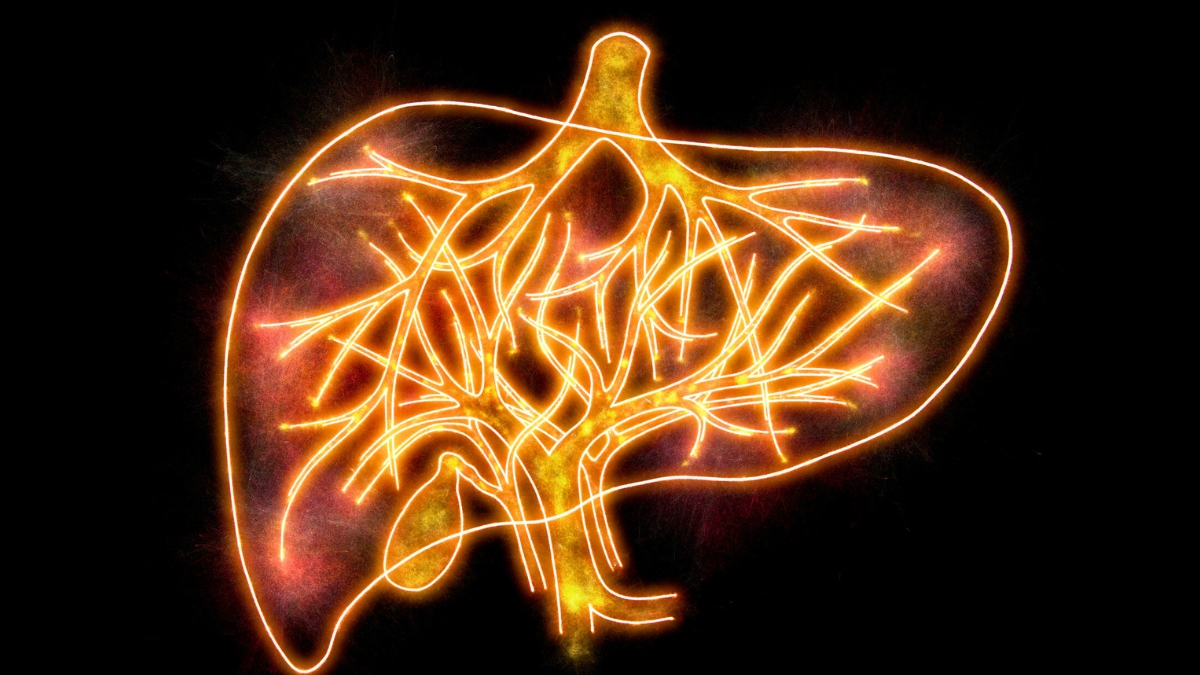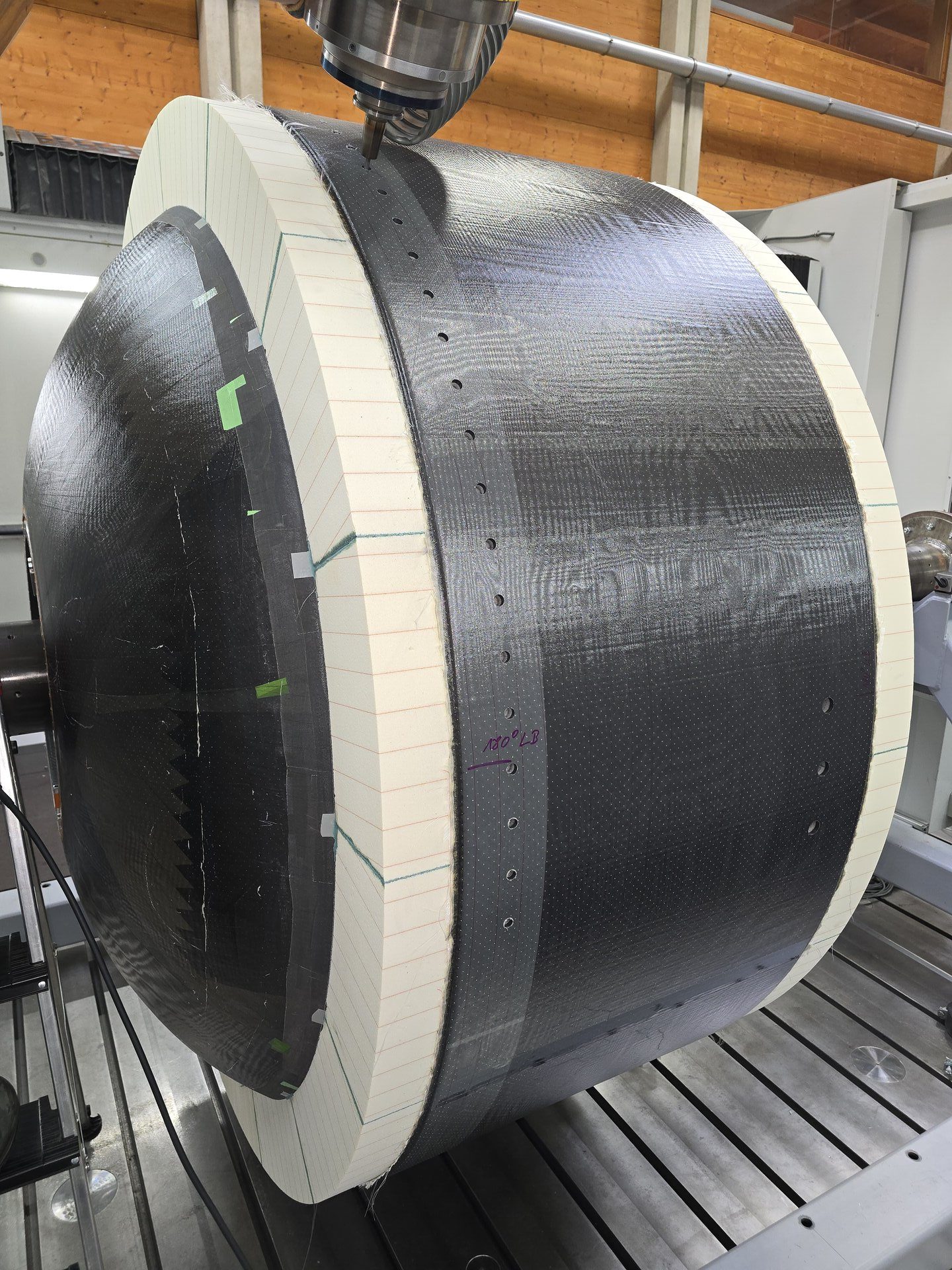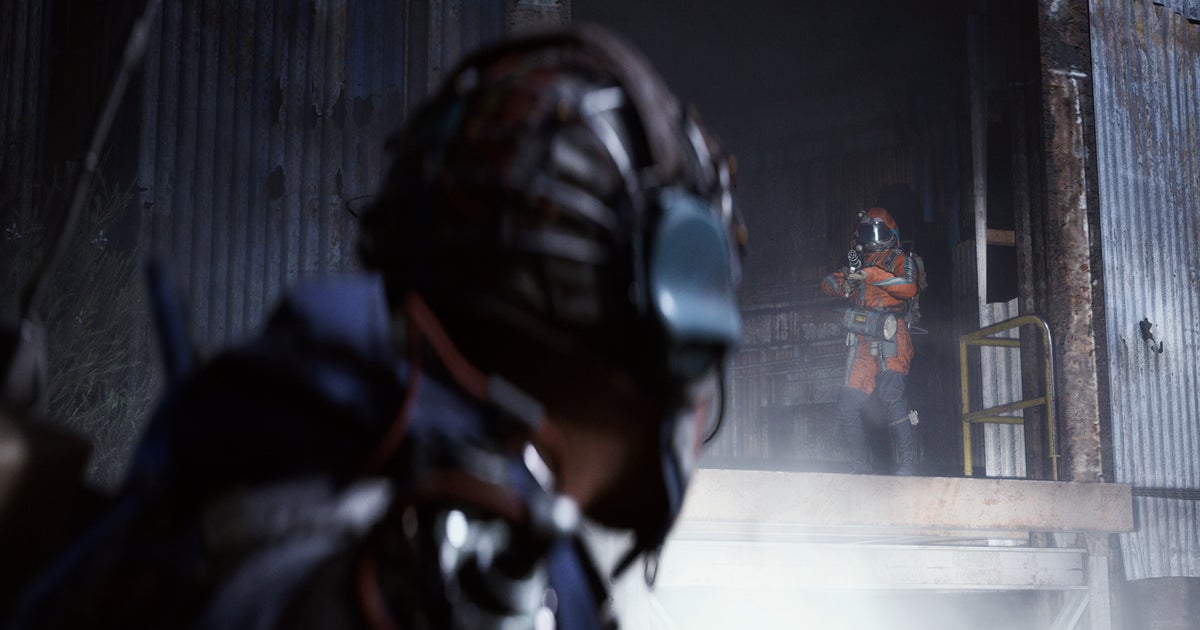16/10/2025
873 views
19 likes
In brief
- Progress is being made on the Phoebus project’s carbon fibre hydrogen tanks for a potential future application on Ariane 6 and spin-off industrial applications
- Smaller scale models have proven this world-first technology is possible
- A 2600-l carbon-fibre reinforced plastic hydrogen tank is now in the final stages of production
- A new test facility in Trauen, Gemany, passed a preliminary design review in June and is being prepared for testing with hydrogen from April 2026
In-depth
Phoebus is a European Space Agency (ESA) project together with ArianeGroup and MT Aerospace. It aims to assess the feasibility and benefits of replacing the metallic tanks on ESA’s Ariane 6 upper stage with carbon-fibre reinforced-plastic tanks. While this lightweight material offers the possibility of saving several tonnes of mass, such an approach has never been implemented before and presents significant technical challenges.
The central core of ESA’s Ariane 6 rocket runs of liquid oxygen and liquid hydrogen, which are two very different molecules, so the Phoebus project needs to develop and produce two types of tanks able to withstand extremes. This article focusses on progress made on the hydrogen tank, other Phoebus news is linked at the end of this article.
Let it freeze
Hydrogen is the smallest molecule in the Universe, and when used as fuel on the Ariane 6 rocket it has to be cooled to −253 °C, just 20 degrees above absolute zero, the coldest temperature in the Universe.
Generally, carbon fibre composites do not like it that cold, like your skin in winter. With the cold your skin gets dry and brittle such that when you move it can crack. This is the same for carbon fibre tanks: when filled with cool propellants under pressure, small cracks can form which is not what you want on a rocket tank.
With these extreme conditions the Phoebus project team overcame many technical hurdles – not only on development and tank concepts but also on measurement – there are no off-the-shelf devices that accurately measure miniscule leak rates at cryogenic temperatures as low as –253 °C.
Phoebus has already proved it is possible: small 60-l demonstration ‘bottle’ tanks have shown that carbon-fibre reinforced-plastic can hold hydrogen in liquid form – without leaking.
Increasing the ice-cold pressure to cracking point
Now the Phoebus team is working on a larger version with an updated design that will hold almost 2600 litres. This 2-metre diameter hydrogen tank will be tested by filling it with hydrogen next year.
The tank completed the first manufacturing steps on its inner tank pressure vessel at MT Aerospace in Augsburg, Germany in September 2025 with production expected to be finished in December. ArianeGroup will be responsible for the testing and their engineers are working on the design of the test facility.
A test campaign is planned in April next year. Despite being kept at –253 °C hydrogen catches fire very easily so needs careful handling, special skills and strict safety rules to make sure everything goes smoothly. The testing will be conducted at a test site of ArianeGroup in Trauen, Germany. The tank will be pushed step-by-step to its breaking point, creating the cracking effect but no further: the team will stop before reaching the complete failure point of the tank. The work on the new test site kicked-off in February 2025, with a preliminary design confirmed in June 2025. A critical design review by the end of this year will allow for the start of the civil works at the site.
Multiple tests will be run to try and learn as much as possible about how the tank behaves as it would on the launch pad and during liftoff to understand how and where the first cracks could appear. Sensors on and in the tank will provide pressure, temperature and strain data to monitor during testing and evaluated in-depth between each test.
Phoebus is part of ESA’s Future Launchers Preparatory Programme (FLPP), that helps develop the technology for future for space transportation systems. By conceiving, designing and investing in technology that doesn’t exist yet, this programme is reducing the risk entailed in developing untried and unproven projects for space.
First Appeared on
Source link













